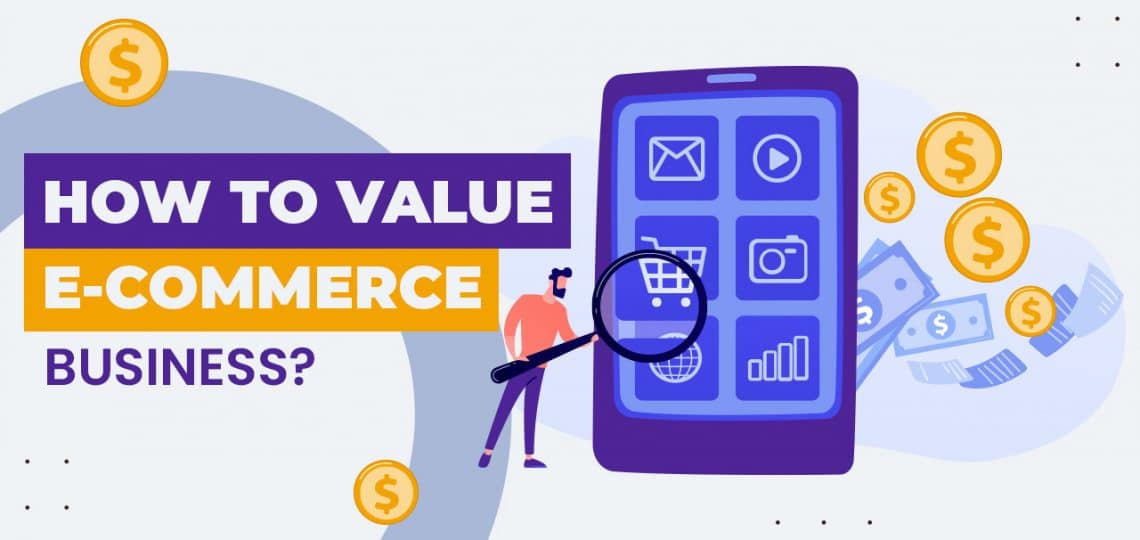When you own a business, especially an e-commerce business, it is important to know its value. Knowing your business’s value can help you make informed decisions about things like investments, partnerships, and sales. But how do you go about valuing an e-commerce business? Let’s take a look at the steps involved in eCommerce business valuation.
What is E-commerce Business Valuation?
E-commerce business valuation is the process of estimating the worth of an online store. It involves assessing factors such as the company’s online presence, market conditions, historical performance, competitive landscape, and more. In some cases, an external market analysis may be required to provide insight into potential growth opportunities. The goal is to determine a fair market value for the business so that potential buyers have an accurate idea of what they are buying.
How Much Does a Valuation of eCommerce Business Cost?
The cost of a business valuation depends on several factors such as complexity, size, industry sector, and location but generally speaking professional valuations range from $5k-$20k depending on these variables mentioned above. Generally speaking, most small e-commerce businesses will fall into the lower-end range while larger businesses with multiple locations will be towards the higher-end range due to their increased complexity level during the evaluation process.
It’s also worth mentioning that if you plan on selling your business then there may be additional costs associated with preparing documents such as contracts or other legal paperwork needed throughout the process which can vary depending on circumstances surrounding the sale itself so make sure to factor this into calculations as well when budgeting for the such event ahead time!
How to Value an eCommerce Business?
There are several different methods used to value an e-commerce business. The main types are asset/book value, discounted cash flow (DCF) analysis, and comparable transaction analysis. Each method has its advantages and disadvantages and should be considered carefully to determine which is most appropriate for your particular situation.
Asset/Book Value Method – This method involves taking the total assets (cash, inventories, accounts receivables, etc.) minus any liabilities (loans, debts) and dividing by the number of outstanding shares to arrive at a per-share value. This method can be useful when attempting to value companies with minimal earnings or those that have not yet generated significant revenue.
Discounted Cash Flow Analysis – With this method, future cash flows are estimated based on the company’s current financial performance and then discounted back to present value to arrive at an estimated fair market value for the company. This method is typically used for established businesses with steady revenue streams as it allows for more precise valuations than asset/book values do.
Comparable Transaction Analysis – This method involves examining similar transactions within the industry to gauge an approximate fair market value for your own business. The downside of this approach is that it relies heavily on past trends rather than future projections so it may not always provide an accurate estimate of what your business could be worth today or in the near future.
Conclusion
Valuing an e-commerce business can be complex due to its unique nature and ever-changing landscape but understanding these three basic approaches can give you a better idea of where your company stands financially and how best to move forward with any investments or sales opportunities you may come across down the line. With this knowledge under your belt, you’ll be well-equipped to tackle challenges in e-commerce business valuation.







